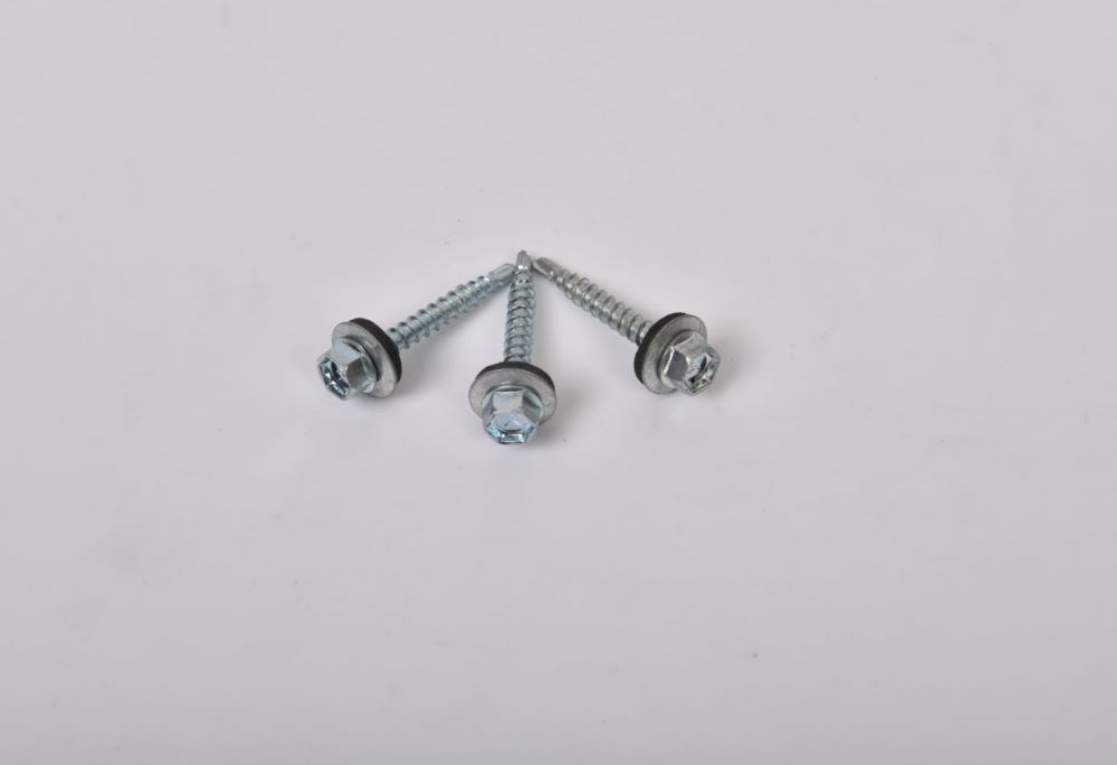high quality flat washer specifications
High-Quality Flat Washer Specifications
Flat washers are essential components in various mechanical applications, playing a crucial role in distributing loads and preventing surface damage between fasteners and substrates. Understanding the specifications of high-quality flat washers can significantly enhance the reliability and performance of assembled products.
A high-quality flat washer typically conforms to specific standards, such as ASTM F436 or ISO 7089, which outline the dimensional and material properties necessary for optimal performance. These standards provide guidelines on washer thickness, outer diameter, inner diameter, and material grades, ensuring consistency and reliability across different applications.
Material Composition
The material used in high-quality flat washers is paramount. Common materials include stainless steel, carbon steel, and plastic, each suited for different environmental conditions. Stainless steel washers, for instance, are renowned for their corrosion resistance and durability, making them ideal for outdoor applications or environments exposed to moisture. In contrast, carbon steel washers offer excellent strength and are often used in high-stress applications, though they may require coatings to protect against corrosion.
Dimensional Specifications
When choosing flat washers, it is essential to consider their dimensions. The inner diameter (ID) must match the size of the bolt or screw it will accompany to ensure a snug fit. The outer diameter (OD) should be large enough to distribute load effectively and prevent damage to the surface beneath. The thickness of the washer also plays a critical role in load distribution—thicker washers can better support heavier loads while minimizing the risk of deformation.
high quality flat washer specifications

Load Capacity and Performance
High-quality flat washers are designed to withstand specific loads without failure. It is crucial to consider the washer's load capacity, as using a washer that cannot support the necessary load can lead to failures in mechanical assemblies. For applications requiring higher strength and greater load distribution, multi-layered or specially designed washers may be recommended.
Surface Finish and Treatment
The surface finish of flat washers is another critical aspect to consider. A smooth finish aids in reducing friction between surfaces, promoting better performance. Additionally, various treatments, such as galvanizing or anodizing, can enhance the corrosion resistance of washers, thereby extending their lifespan, particularly in harsh environments.
Conclusion
In conclusion, selecting high-quality flat washers requires careful consideration of their specifications, including material composition, dimensions, load capacity, and surface finish. By understanding these attributes, engineers and buyers can ensure the reliability and effectiveness of their mechanical assemblies, ultimately promoting safer and more efficient operations in various applications.
-
Top Choices for Plasterboard FixingNewsDec.26,2024
-
The Versatility of Specialty WashersNewsDec.26,2024
-
Secure Your ProjectsNewsDec.26,2024
-
Essential Screws for Chipboard Flooring ProjectsNewsDec.26,2024
-
Choosing the Right Drywall ScrewsNewsDec.26,2024
-
Black Phosphate Screws for Superior PerformanceNewsDec.26,2024
-
The Versatile Choice of Nylon Flat Washers for Your NeedsNewsDec.18,2024










